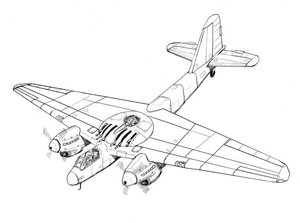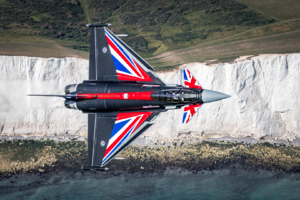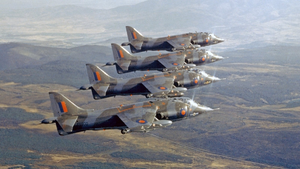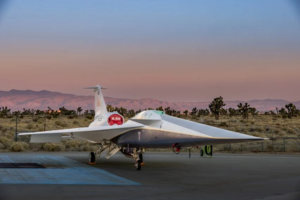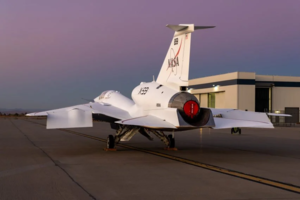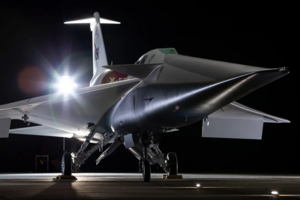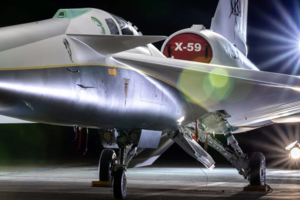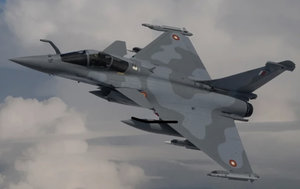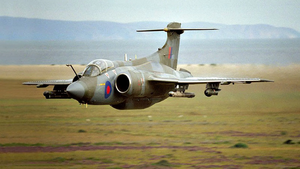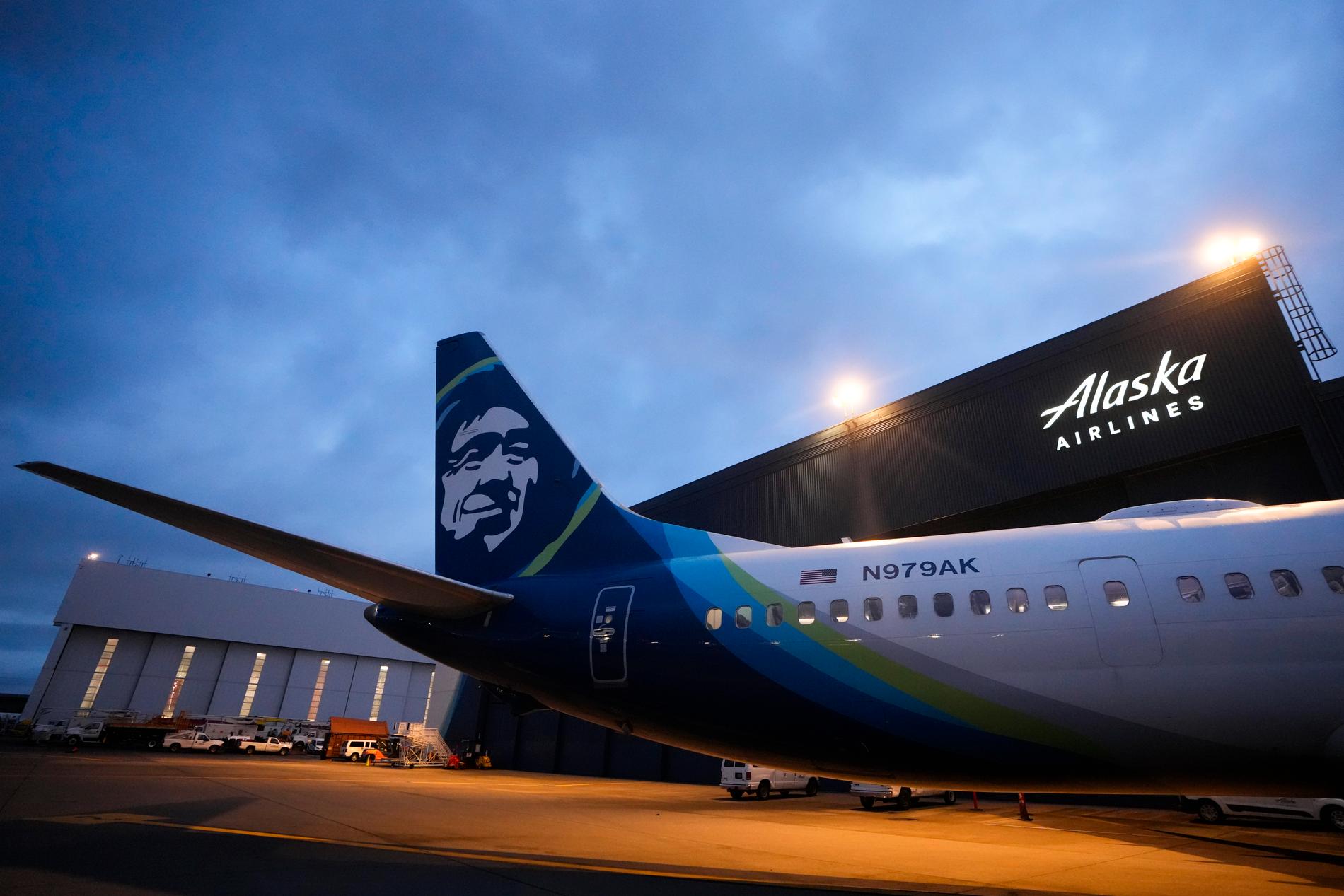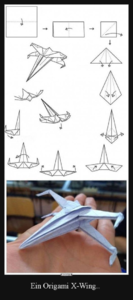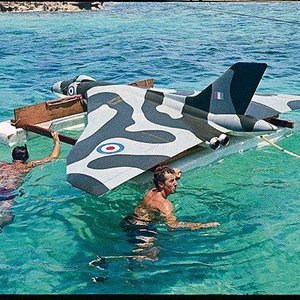Diverse Den store flytråden
- Trådstarter Sluket
- Startdato
Diskusjonstråd Se tråd i gallerivisning
-
Det hadde nå uansett vært kjekt å kunne skyte framover.Litt pirk, men Boston Paul Defiant var ikke ment som jagerfly, men ment å avskjære tyske bombefly. Det var når de feige tyskerne begynte å sende ME109 sammen med bombeflyene at problemene begynte.
Beklager. Jeg trenger både bedre autokorrektur og bedre briller.BOULTON... IKKE Boston!!!

 er det rart ting går til helvete sier nå jeg.
er det rart ting går til helvete sier nå jeg.
- Ble medlem
- 23.03.2006
- Innlegg
- 19.914
- Antall liker
- 10.434
BOULTON... IKKE Boston!!!

 er det rart ting går til helvete sier nå jeg.
er det rart ting går til helvete sier nå jeg.
Meget lei meg...
Den var ganske effektiv, tydeligvis tretten skvadroner på det meste. Under Blitzen var det fire Defiant-skvadroner, som tilsammen skjøt ned fler tyske fly enn noen annen flytype. Med avskjæringsradar ombord var den dødelig effektiv i nattemørket.Typen hadde riktig nok senere noe suksess som den viste nattjagervarianten.
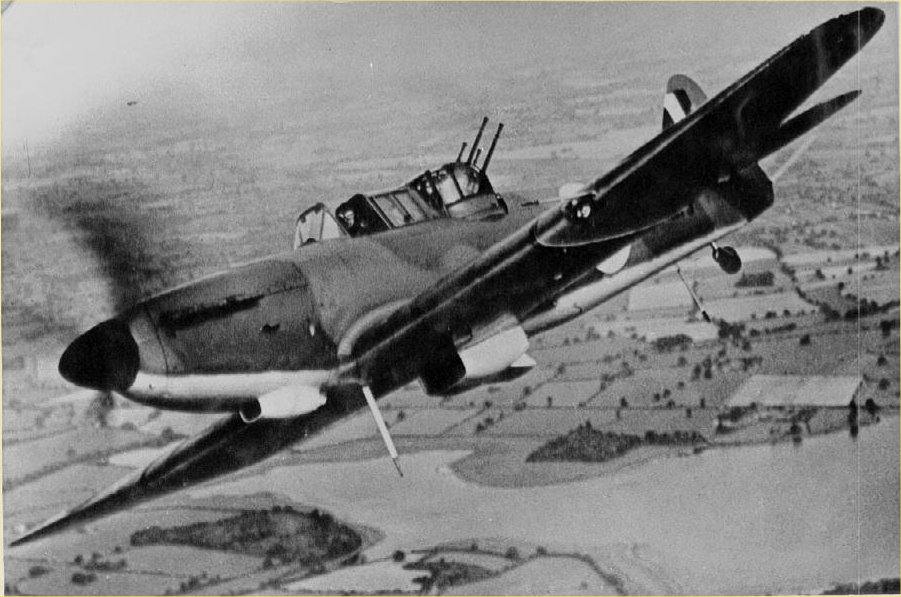
Boulton Paul Defiant - Wikipedia
 en.wikipedia.org
en.wikipedia.org
Scenariet den var bygget for tok utgangspunkt i avstanden fra Tyskland til UK og rekkevidden av tyske jagerfly, og antok derfor at bomberne måtte operere uten jagerflyeskorte over UK. Det scenariet inkluderte dessverre ikke at Frankrike og Nederland ville bli okkupert og eskortejagere derfor kunne nå UK fra langt nærmere baser. Derav den ubehagelige overraskelsen på dagtid.
Til sammenligning tok det sin tid før allierte bombefly fikk jagereskorte over Berlin. Det var stort sett bare Mustang som hadde nok rekkevidde for oppdraget.Sist redigert:
Den kunne det. Tårnet kunne låses forover og skytteren kunne overlevere kontrollen til piloten, men denne hadde ikke noe bra sikte, og da ble det lite effektivt. Det må også ha vært noe distraherende for piloten å ha mitraljøsemunningene like ved hvert øre på begge sider av canopy. Vil tro det ble ganske livlig i cockpit.Det hadde nå uansett vært kjekt å kunne skyte framover.
I tillegg til at den ikke kunne skyte «flatt» framover:Den kunne det. Tårnet kunne låses forover og skytteren kunne overlevere kontrollen til piloten, men denne hadde ikke noe bra sikte, og da ble det lite effektivt. Det må også ha vært noe distraherende for piloten å ha mitraljøsemunningene like ved hvert øre på begge sider av canopy. Vil tro det ble ganske livlig i cockpit.
«The gunner could rotate the turret directly forward and transfer firing control of the guns to the pilot, with the guns firing along each side of the cockpit canopy; this was rarely done as the turret's minimum forward elevation was 19° and the pilot did not have a gunsight, possibly because the Defiant was outfitted to perform zero deflection shooting, as were several contemporaneous designs arising from Air Ministry specifications.»Ja, men det var en tanke bak det. Interessant artikkel:
A description of no allowance sighting and shooting.
 dingeraviation.net
dingeraviation.net
De er mer kritiske til radarinstallasjonen i Defiant, og mener tydeligvis at den var bedre uten. Det var vel også grenser for hva man kunne utrette med bare 4x 7,7 mm maskingevær. Denne, derimot:

The Boulton Paul type 92 project
 dingeraviation.net
Sist redigert:RAF No. 29 Squadron (ikke XXIX men XXX, fuglene må vite etc.) har forresten 110-årsjubileum i 2025.
dingeraviation.net
Sist redigert:RAF No. 29 Squadron (ikke XXIX men XXX, fuglene må vite etc.) har forresten 110-årsjubileum i 2025.
Hawker Siddeley Harrier, eller bare Harrier som vel er den vanlige benevnelse?Buccaneers?
Tror bildet viser Harrier.Sea Harrier - også kjent som årsak til Mehamn ulykken. Tiet ned av en patetisk regjering.
Mener Sea Harrier har en litt "oppblåst" canopy?
Du har helt rett!Tror bildet viser Harrier.
Mener Sea Harrier har en litt "oppblåst" canopy?
Space agency NASA and aerospace company Lockheed Martin have presented their experimental X-59 supersonic jet, which has a form designed to reduce the loudness of a sonic boom. According to the companies, the experimental aircraft was "designed to quiet the sonic boom" and marks a "significant milestone" in the decades-long research project aimed at resolving noise challenges associated with supersonic flight.
The aircraft, which has a cruising speed of 925 miles per hour, was presented for the first time last month by Lockheed Martin's advanced development division Skunk Works.
"Lockheed Martin Skunk Works rolled out the X-59, a unique experimental aircraft designed to quiet the sonic boom, at a ceremony in Palmdale, California," said the company.
"The ceremony marked a significant milestone in Lockheed Martin and NASA's decades-long journey to solve one of the most persistent challenges of supersonic flight – the sonic boom."
The 30.3-metre-long (99.7-feet) aircraft was designed to reduce the shockwaves and noise created when the sound barrier is broken – known as a sonic boom.
NASA and Lockheed Martin made the X-59 with a long tapered nose designed to separate the shock waves that cause sonic booms, thereby reducing the potential sound and damage risks associated with other supersonic aircraft models.
This design means that the cockpit, which has no front-facing windows and instead utilises high-resolution cameras that feed 4K monitors, is located almost halfway down the length of the aircraft.
The X-59 will now undergo a series of ground tests before completing its first flight later this year followed by acoustic tests. The companies hope that the research and technologies developed for the X-59 may be used to inform future designs of commercial supersonic aircraft.
"[The acoustic phase] will include flights over populated areas to provide US and international regulators with statistically valid data required to help approve new rules that could allow quiet commercial supersonic flight over land," the companies stated. "This would cut commercial flight times to half of what they are today, transforming travel for people around the world."
En brutal ting i lav høyde. «De kan kaste småstein, men de ser oss ikke på radar.»
Sist redigert:
"They had a strong reputation at Red Flag and Goose Bay exercises for very aggressive low level flying despite not being equipped with terrain following radar: just the crew's skill and an airframe at home on ground effect. Sometimes they would return to base with tumbleweed hooked on pitot tubes. The ground EW/SAM defenders took great pleasure in watching and filming the crazy low level passes over them that was widely shared over the years (unfortunately doesn't seem to have made it to YouTube).En brutal ting i lav høyde. «De kan kaste småstein, men de ser oss ikke på radar.»
On one mission at Red Flag, the aggressor fighters caught a lone Vulcan at 100 feet near the target only to watch in shock as the 'dead' Vulcan climbed to reveal two Buccaneers underneath pressing home their attack."
Du flyr så lavt, og med en vulcan noen meter over deg….- Over the desert we would go from 10 to 20 feet so not to leave a dust trail.
Det er ikke dårlig vær før Widerøe slutter å fly:
-BB-Foreløpig rapport vedrørende A737 Max-9 flyet fra Alaska Airlines
Fire bolter manglet i panelet som løsnet på amerikansk 737 MAX 9-fly
Fire bolter manglet i panelet som løsnet på 737 MAX 9-flyet fra Alaska Airlines, ifølge USAs føderale transportmyndighet (NTSB).e24.noBuccaneers, igjen.
Det sies at røret på snuten ikke er for tanking, men et periskop.
Egentlig ikke vel?Og RAF ville ikke ha dem til å begynne med… Anskaffelsespolitikk kan være morsomt i tilbakeblikk.
Du kjenner historien om Norges forsøk på å bestillle nye helikoptre?
Nått fønni!

Fikk skikkelig flashback på den der, husker en JMC (Joint Maritime Course), en årlig to ukers samtreningsøvelse, i skotske farvann. Vi fikk "stusset luggen" av Buccaneers mange ganger, heftige saker !Buccaneers, igjen.
Det sies at røret på snuten ikke er for tanking, men et periskop.
Og HMS Liverpool var faktisk også et av de andre fartøyene som deltok. Var sjøl på Oslo-klasse fregatt.Hmm, fire Jetcat P220 i det der og man har tidenes modællfly…
Noen har sikkert gjort det allerede?Sist redigert:Ser veldig riktig ut helt til fotgjengeren kommer gående.
4000 per stykk ... euro ....Hmm, fire Jetcat P220 i det der og man har tidenes modællfly…
Noen har sikkert gjort det allerede?
Begynner å ligne første avdraget på et fly, men ikke Vulcan da selvsagt.
-
Laster inn…
Diskusjonstråd Se tråd i gallerivisning
-
-
Laster inn…



